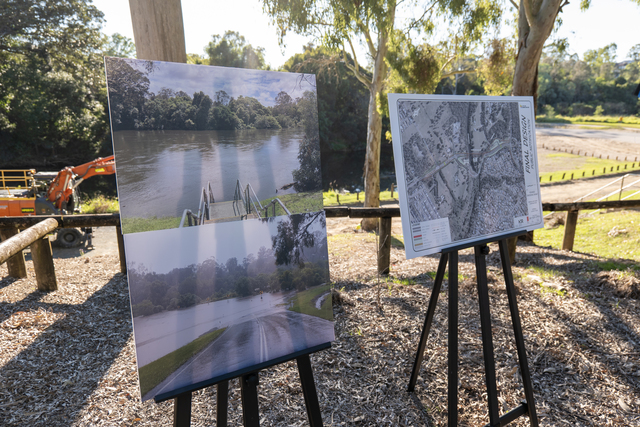Immediately after the attacks on the World Trade Centre, New York City was without an emergency centre as it was located on the 23rd floor of WTC 7, a 60 floor building that came down shortly after the main towers. The rationale behind this was that flood was seen as the major threat.
With the extensive loss of life and major disruption to power, communications, transport and infrastructure, the immensity of the disaster caught everyone by surprise.
Presenting a paper at the Assembly titled ‘GIS in New York: Response to the World Trade Centre Attack’, James Hall, Senior Analyst with New York’s City GIS Utility Team said, “All our emergency planning exercises had been in dealing with one or two day events.”
With a population of 8 million and 1.4 million living in the metropolitan area, New York City Government has 250,000 staff across 48 departments.
For the past 20 years, New York’s GIS Utility has been providing mapping across departments, and at the time of the attacks was in the process of merging four data systems – police, fire, emergency and planning – into one.
“With half a square mile totally destroyed, the enormity could never have been imagined,” James Hall said. “We had no script to go on, we did it all on the fly.”
The police and fire departments desperately needed maps to find out what was happening where and the extent of damage. Added to this, many of the rescue teams had come from outside the city.
“With thousands of emergency workers and millions of citizens, the only way to get data out was via the Internet,” James Hall said. “Information was critical and it had to be done quickly and accurately. We needed a one stop shop to get information to our residents covering transport, utilities and access. This was all posted on the web at www.nyc.gov.”
In outlining lessons learnt, James Hall said that the ability to assist emergency services is based on the quality of your data. Communicating with and understanding all user groups is also vital. Standard products and a single integrated database, with pre disaster and post event updates, are crucial to the task.







